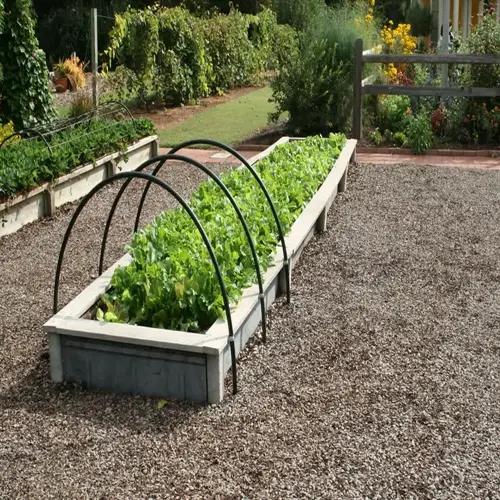What fertilizer works best for kale?

Written by
Olivia Mitchell
Reviewed by
Prof. Samuel Fitzgerald, Ph.D.Selecting the best fertilizer for kale is crucial to leaf yield and quality. Kale requires a high-nitrogen fertilizer to sustain its fast rate of leaf yield. Organic fertilizers such as fish emulsion provide instantaneous nutrients, while compost contributes to long-term soil quality and health. Balanced fertilizers help minimize the deficiencies that result in leaf yellowing. I test soils each year to tailor an optimal feeding program for maximum results.
Liquid Fertilizers
- Fish emulsion: Mix 1 tbsp per gallon every 2 weeks
- Compost tea: Apply 1 quart per plant monthly
- Seaweed extract: Dilute 2 tsp per gallon monthly
- Timing: Apply early morning to prevent leaf burn
Granular & Compost
- Balanced 5-5-5: Scatter 1/4 cup per plant monthly
- Compost top-dressing: Apply 2-inch layer every 8 weeks
- Blood meal: Use 1 tbsp per plant for nitrogen boost
- Incorporation: Work gently into topsoil without damaging roots
Timing fertilization with developmental stages for maximum efficiency. Weekly feed seedlings with diluted fish emulsion, transition to balanced formulations at 6 weeks. Increase nitrogen during peak leaf production. I stop fertilizing 4 weeks before frost to allow plants to harden. Seasonal modifications prevent waste and promote nutrient uptake.
Make sure to prevent common fertilizing mistakes that can hurt plants. Too much fertilizer can burn roots and result in tip burn; too little fertilizer results in pale, stunted leaves. High-phosphorus formulas induce early bolting. I use scales to measure a specific amount of each fertilizer, listed below. To prevent balance issues from arising, I also conduct soil tests every spring to gain insight into the correct amounts each plant type requires.
Read the full article: When to Plant Kale for Optimal Growth
